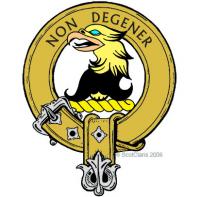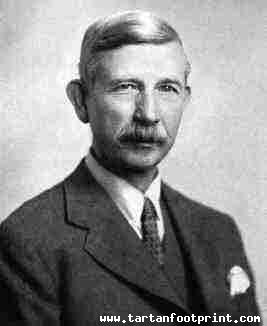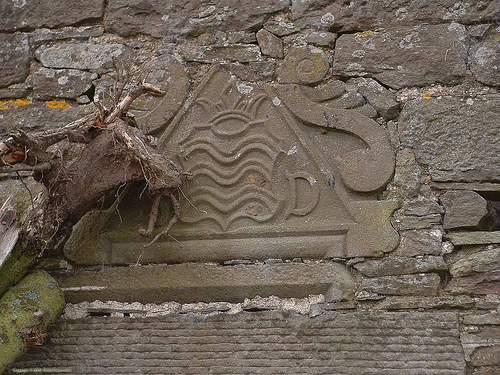
Clan Wedderburn shared a photo
Joseph Henry Maclagen Wedderburn (1882 – 1948)
Scottish mathematician, who taught at Princeton University for most of his career. Joseph Wedderburn was the tenth of 14 children, he entered the Univer...Joseph Henry Maclagen Wedderburn (1882 – 1948)
Scottish mathematician, who taught at Princeton University for most of his career. Joseph Wedderburn was the tenth of 14 children, he entered the University of Edinburgh. In 1903, worked as an assistant in the Physical Laboratory of the University, and obtained an M.A. degree with First Class Honours in mathematics.
He then studied briefly at the University of Leipzig and the University of Berlin. A Carnegie Scholarship allowed him to spend the 1904-1905 academic year at the University of Chicago where he worked with Oswald Veblen, E. H. Moore, and most important, Leonard Dickson, who was to become the most important American algebraist of his day.
Returning to Scotland in 1905, Wedderburn worked for four years at the University of Edinburgh as an assistant to George Chrystal, who supervised his D.Sc, awarded in 1908 for a thesis titled On Hypercomplex Numbers. From 1906 to 1908, Wedderburn edited the Proceedings of the Edinburgh Mathematical Society. In 1909, he returned to the United States to become a Preceptor in Mathematics at Princeton University; his colleagues included Luther P. Eisenhart, Oswald Veblen, Gilbert Ames Bliss, and George Birkhoff.
Upon the outbreak of the First World War, Wedderburn enlisted in the British Army as a private. He was the first person at Princeton to volunteer for that war, and had the longest war service of anyone on the staff. While a Captain in the Fourth Field Survey Battalion in France, he devised sound-ranging equipment to locate enemy artillery.
He returned to Princeton after the war, becoming Associate Professor in 1921 and editing the Annals of Mathematics until 1928. While at Princeton, he supervised only three Ph.Ds, one of them being Nathan Jacobson. In his later years, Wedderburn became an increasingly solitary figure and may even have suffered from depression. His isolation after his 1945 early retirement was such that his death from a heart attack was not noticed for several days.
This is the other remaining stone from the Castle of Easter Powrie and to be found within the walls of Barns Of Wedderburn farm.
Although slightly obscured by a tree it shows what is believed to be t...This is the other remaining stone from the Castle of Easter Powrie and to be found within the walls of Barns Of Wedderburn farm.
Although slightly obscured by a tree it shows what is believed to be the family crest and motif of the family that once resided in the Castle.
The letter "D" is shown clearly the other letter is an "S".
The Castle ruins disappeared towards the end of the 18th century.
page=1&callback_module_id=pages&callback_item_id=347&year=&month=
View More











